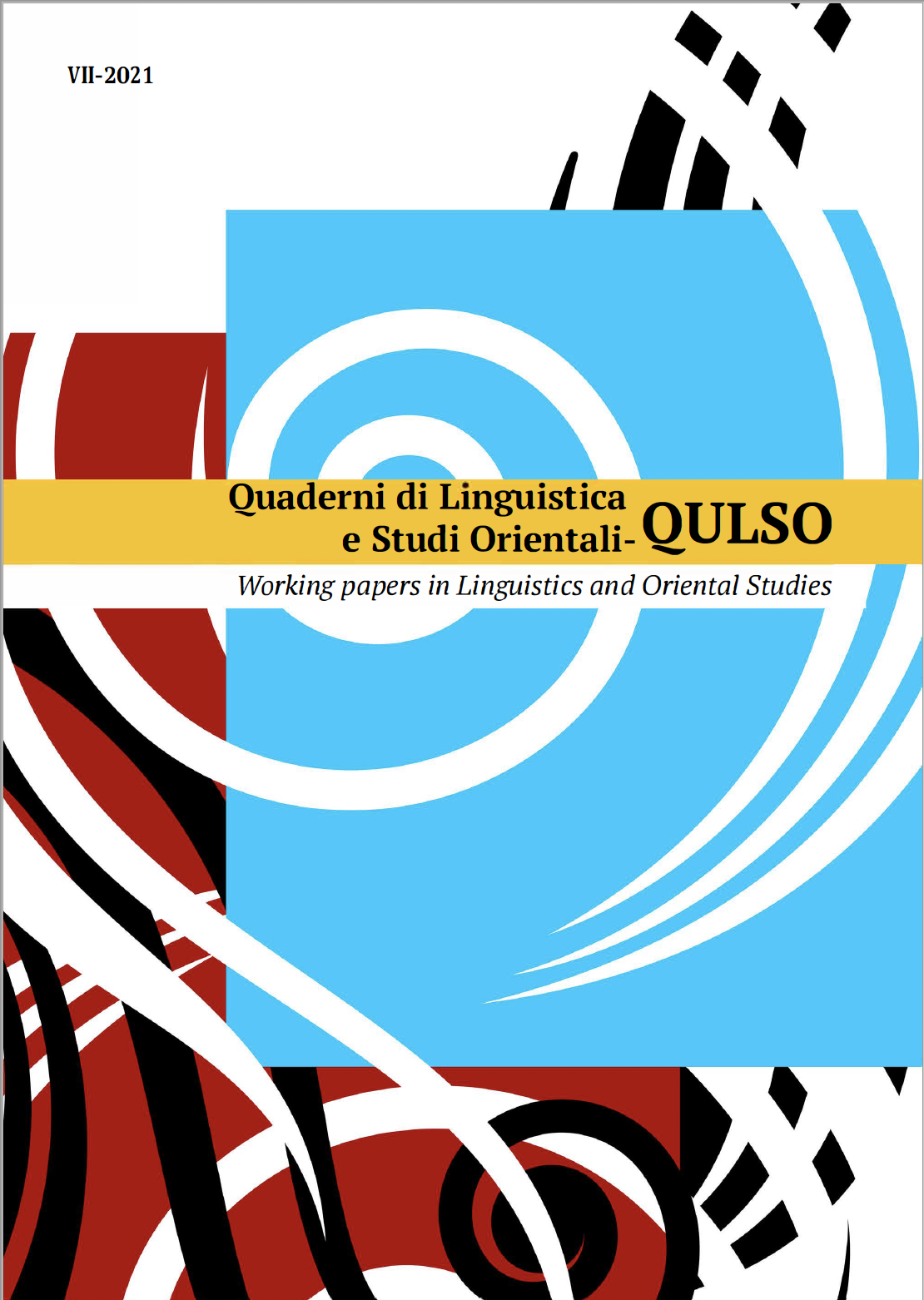Published 2021-09-15
Keywords
- Late Archaic Chinese,
- Syntax,
- Wh-in-situ,
- Wh-phrases
How to Cite
Abstract
In this paper I explore wh-phrases and wh-in-situ in Late Archaic Chinese (LAC). Simplex and complex wh-phrases in LAC can be divided into eleven semantic categories. Since LAC is a wh-fronting language, wh-items undergo obligatory preposing, unless being subjects. Nonetheless, there are exceptions to the raising of non-subject wh-phrases, namely, obligatory and optional wh-in-situ. When wh-DPs function as the second complement of ditransitive verbs nai/ruo/ru ‘to treat’, or the second complement of the ditransitive verb wei ‘to call’, they must stay in their postverbal base position. In terms of optional wh-in-situ, there are two situations, i.e. wh-predicates and wh-complement of manner adverbials. When wh-DPs act as predicates indicating object/activity, person or reason, they normally do not move, yet they can move under special circumstances; when wh-VPs act as manner adjuncts, they can be base-generated pre- or postverbally, and the wh-elements in both positions undergo optional movement. Finally, I propose that wh-in-situ is correlated with ditransitive verbs per se.



